
Taxi advertising screens are changing in-vehicle marketing. They give brands new ways to reach people. These screens use data and show moving ads. Cities like Tokyo, New York, and London use these screens a lot. Over 60% of taxis in these cities have them now. This shows that more places are using this technology fast:
Region/City | Adoption Rate / Penetration | Additional Details |
|---|---|---|
Tokyo | ~50,000 taxis in metro area | |
London | >60% penetration | 80% target by 2030 |
New York | >60% penetration | 13,500 yellow taxis |
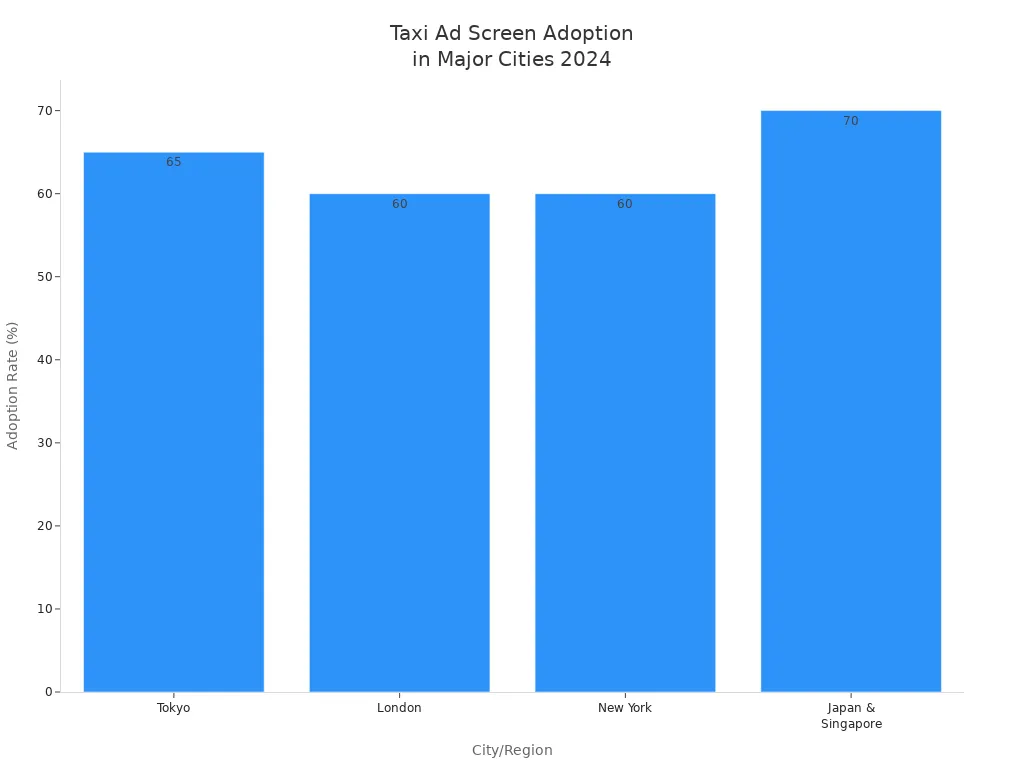
Technology like the pTaxi009 headrest advertising player helps a lot. It has clear screens and updates ads right away. This makes passengers pay more attention. It also helps people remember brands better. Research says taxi advertising works better than still ads. It helps brands and taxi companies see real results every ride.
Key Takeaways
Taxi advertising screens show digital ads inside taxis. The ads move and let people interact with them. These ads get passengers’ attention and can change right away.
These screens help brands find the right people. They use location data and can switch ads fast. This makes ads work better and easier to remember.
Taxi operators make more money by selling ad space. They can control the ads from far away. This helps their business and makes rides better for passengers.
Passengers have more fun with games, videos, and helpful info. This also helps them see and remember the ads more.
New technology like AI and 4G makes taxi ads smarter. The ads can be more personal. This helps brands and taxi operators do better in digital advertising.
Taxi Advertising Screens

Shift from Traditional to Digital
Taxi advertising has changed a lot lately. Before, taxi wrap advertising and taxi top advertising were everywhere in cities. These ads used still pictures and simple words. They showed brands to people outside the taxi, like walkers and drivers. The ads looked bold, but the message never changed during the day.
Now, taxi advertising screens are making city ads different. Digital screens inside taxis talk to passengers directly. Passengers sit in the taxi for a while, so they see the ads. Taxi advertising screens show moving content that can change by place or time. Advertisers can switch messages fast, so ads fit better. These screens can have quizzes or polls to make people join in. They also show clear actions and short videos, so people remember the message. Taxi advertising screens give numbers to show how well ads work.
Traditional taxi advertising:
Still pictures
Reaches many people
Not much interaction
Digital taxi advertising screens:
Moving, interactive content
Aimed by place and time
Passengers pay attention and remember
Impact on OOH Industry
Taxi advertising screens have changed the out-of-home ad world. Digital taxi top advertising and in-taxi screens link real ads with online actions. Passengers often shop or look at stores online while riding. This makes a direct link between seeing an ad and buying online, called the “Connected Spend” effect. In the UK, transport OOH ads, like taxi top advertising, make over £1 billion in digital money each year. About 26% of people using public transport look at shopping sites during trips, showing this channel works well.
Taxi advertising screens help brands reach both local people and visitors. They use location data to show ads that fit where you are. Companies check if ads work by looking at recall rates and phone location data. This way brings in new advertisers and grows the industry’s money. The world market for in-taxi digital signs is getting bigger, mostly in Asia-Pacific cities. Top brands and tech companies put money into taxi advertising screens to reach more people and make a bigger impact.
Technology
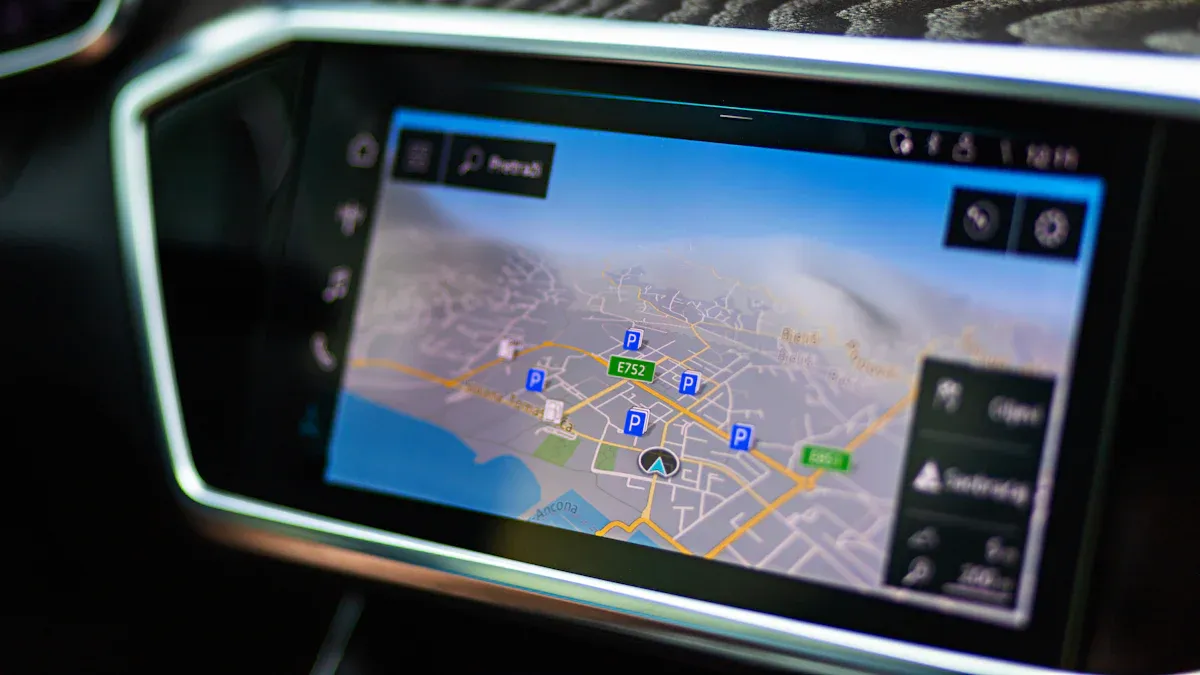
In-Taxi Digital Signage
In-taxi digital signage has changed how ads work in cars. The pTaxi009 headrest advertising player is a top choice for this. It uses a 9-inch LCD screen that shows clear pictures. Passengers notice the bright screen right away. The device is strong and works well in tough taxi conditions. It has a military-grade power supply and an industrial-grade watchdog. New tech like edge computing and IoT makes these screens better. Energy-saving displays help the screens last longer. These upgrades let the screens show videos, animations, and live updates. Car makers now work with tech companies to add these screens easily. This teamwork helps more taxis get digital signage.
Connectivity and Real-Time Updates
4G connectivity has made in-taxi digital signage much better. The pTaxi009 uses 4G to update ads right away. Operators can change ads from one main dashboard. This keeps ads new and interesting for passengers. The device has GPS, so ads can change by location. This lets advertisers show ads for certain places or events. It helps make ads more useful and seen by the right people. The digital signage market grows with features like syncing ads in many taxis and real-time analytics. High-resolution LED panels show HD videos and images. This makes the screens fun and eye-catching for riders.
Note: Real-time monitoring and analytics help advertisers see how ads do. This helps them make smart choices in the digital signage market.
Content Management
Good content management is very important for in-taxi digital signage. Advanced CMS lets operators plan, change, and check ads from far away. The pTaxi009 can download media, update smartly, and let many users manage content. Operators can play many playlists at once and split the screen for different ads. GPS-triggered ads show up when the taxi is in certain places. Some screens have touch features and QR codes to get passengers involved. The digital signage market keeps growing with programmatic ads, IoT, and green solutions. In-taxi digital signage is helping ads get smarter and better.
Benefits
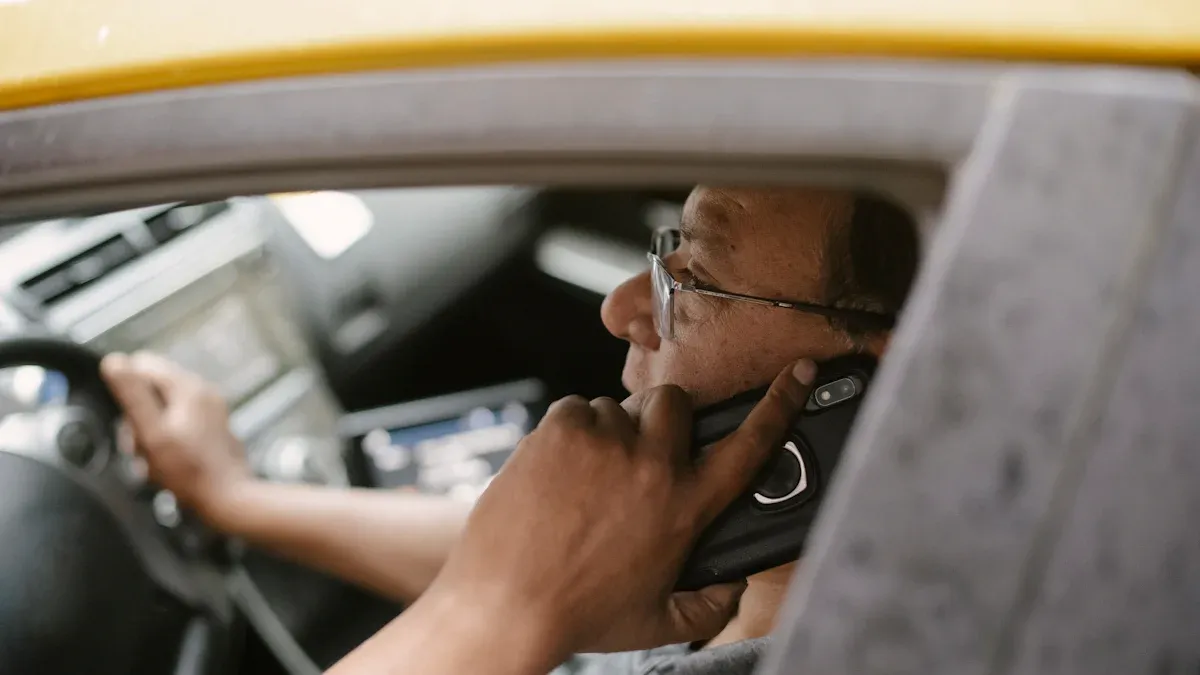
For Advertisers
Taxi advertising has changed how brands talk to city people. In-taxi digital signage lets brands reach people while they ride. Advertisers use GPS and data to show ads that fit the place and people. They can pick taxi routes that go by busy areas or homes. Ads can run when lots of people are moving, so more see them.
Advertisers can change ads right away. They can update messages for news, weather, or sales. This makes ads matter more and helps brands get better results. The digital signage market lets advertisers make ads for certain groups along the route. In-cabin digital signage, like the pTaxi009, shows clear, fun ads that riders remember.
Taxi top ads and in-taxi screens work together for a smooth brand story. Advertisers check how well ads do with data from the digital signage market. This helps them make ads better and reach more people. Brands can send special messages to certain groups. This makes people think better of the brand and want to buy.
Tip: Changing ads fast and showing them by place helps brands reach the right people and see real results.
For Taxi Operators
Taxi operators make more money with in-taxi digital signage. Screens on headrests or roofs turn taxis into moving ad spaces. Operators earn by selling ad spots to local and big brands. This extra money adds to what they get from rides and helps their business grow.
The digital signage market gives tools to manage ads from far away and use GPS. Operators can show ads that match where the taxi is and what time it is. The pTaxi009 headrest player helps operators earn more from ads and keep things running well.
Aspect | Details |
|---|---|
Buying and putting in LED screens, paying for power, sending data, fixing screens, checking the market, training workers | |
Revenue Streams | Money from renting ad space, extra services like data checks and special ads, working with other platforms |
Profit Impact | Higher costs are balanced by more ad money, so profits go up |
Efficiency Strategies | Showing ads to the right people, changing ads fast, and using better tech saves money and makes ads work better |
Operators save money with better tech and quick ad changes. Giving extra services, like checking data or making special ads, helps them earn more. In-cabin digital signage lets operators change fast when the market or riders change.
For Passengers
Passengers get more comfort and fun with in-taxi digital signage. Touch screens let them play games, watch shows, or see cool videos. They can look at maps, guides, and news while riding. This makes travel time more fun and relaxing.
Taxi advertising screens do more than show ads. They give riders info, fun, and make things easy. In places like Dubai, many taxis have screens, thanks to help from the city and media groups. Passengers enjoy rides more because they stay busy and learn new things.
The pTaxi009 headrest player makes rides better with bright pictures and fun things to do. Passengers see ads and info that matter to their trip. This can make them like brands more and want to buy. The digital signage market keeps making new things, so taxi ads stay useful for brands and riders.
Note: Making rides better for passengers means they pay more attention to ads, so taxi ads work even better.
Real-World Applications
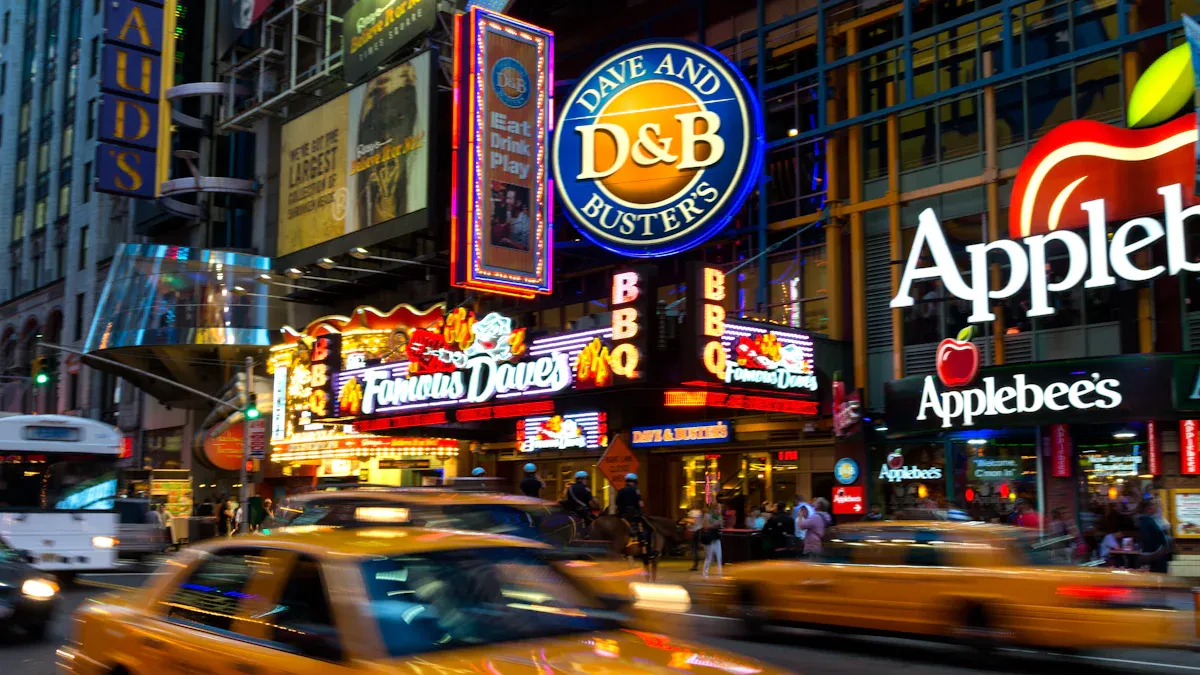
Taxi Advertising Campaigns
Brands and taxi operators get good results from in-taxi digital signage. A big drink company worked with a rideshare group to put interactive screens in taxis. Passengers played games and watched videos while riding. This campaign helped more people know the brand and join in. The pTaxi009 headrest advertising player made this happen with clear pictures and quick updates.
Taxi operators and advertisers say passengers are happier and ride again when taxis have digital signage. Riders like the fun content, so their trips feel better. Advertisers also get more people to see and remember their ads. Things like brand recall and ad views help check if taxi ads work well.
Taxi top advertising and in-taxi digital signage together reach more people. Operators use GPS data to show ads for certain places. This way, brands talk to the right people at the best time.
Note: Real-time analytics from in-taxi digital signage give brands fast feedback on how campaigns do.
Digital OOH Advertising Success
Digital OOH advertising in taxis brings clear business results. In New York City, a study showed people who saw digital taxi ads were 214% more likely to act than those who did not. This proves digital billboard campaigns can change what people do.
A UK sports brand used 100 taxis with QR codes for 100 days. The campaign helped sell more tickets and made more people notice the brand. Taxi ads often use promo codes and real-time analytics to check results. Brands see a direct link between ads and more people visiting stores, downloading apps, or buying online.
Taxi top advertising and in-taxi digital signage help brands reach both local people and visitors. These tools make taxi ads an important part of digital OOH advertising plans.
Campaign Type | Outcome |
|---|---|
Interactive in-taxi screens | Higher brand awareness, more engagement |
QR code taxi campaigns | Increased sales, better brand recognition |
Location-based ad targeting | Improved audience connection, real-time data |
Challenges
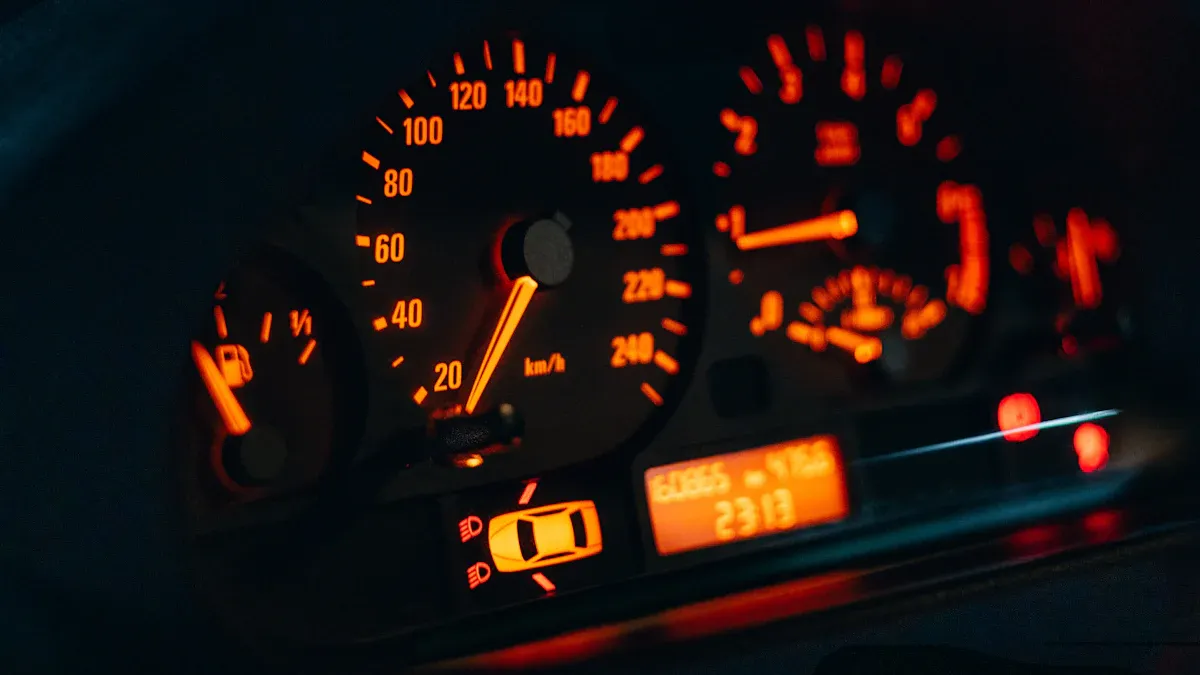
Privacy and Data Security
Digital screens in taxis collect data to show targeted ads. This brings up privacy and data security problems. Companies must use strong codes to keep user data safe when sending it. They need good systems to stop leaks or wrong use of data. Using IoT and AI for ads makes people worry about how their info is used. Companies must follow strict rules to keep passenger data safe and private. Doing these things helps people trust the ads and can make them act in a good way.
Companies need strong codes to keep data safe.
Good systems stop leaks and wrong use of data.
IoT and AI mean companies must handle info safely and fairly.
Following privacy rules is very important.
Targeting Limitations
Taxi ads try to reach certain groups, but some things make this hard. Rules about privacy and ad content can limit who sees the ads. Old taxis may not have the tech needed for better targeting. Some riders worry about privacy or get tired of too many ads. Other ad types outside also make it harder for taxi ads to work well.
Geotargeting lets advertisers pick certain places, like areas with certain ages or incomes. But taxis move fast, so ads must be short and simple. This means advertisers cannot share a lot or change what people think deeply.
Regulatory Issues
Rules are very important for taxi ads. In New York City, some ads are not allowed, like political ads or ads for illegal things. Ads cannot have flashing lights that might bother drivers or riders. Advertisers must follow rules to make sure ads are true. These rules decide what ads can show and help keep people safe. Rules like these change how taxi ads reach people and what they make people do.
Future Trends
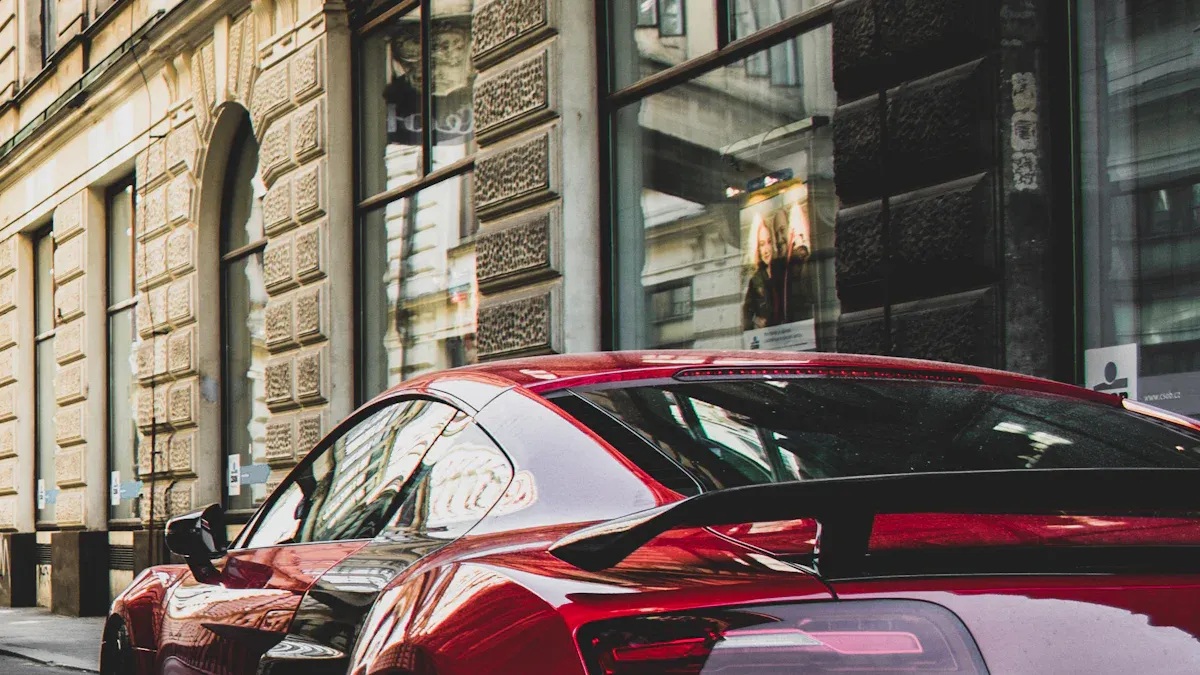
AI and Personalization
Artificial intelligence is changing in-taxi digital signage. Companies use AI and IoT to make ads fit each passenger. These systems change ads right away using trip data, where the taxi is, and even the weather. Machine learning helps pick the best time for ads, so more people notice them. This also helps companies make more money. Some fancy taxi fleets use AI screens to be different and give a better ride.
AI looks at what passengers do to make ads that matter more.
Content changes depending on who is riding or where the taxi goes.
Computer vision and natural language processing help figure out who is in the taxi and send special messages.
Predictive algorithms pick the best ads for each place, so campaigns work better.
Automation means less work for people and saves money for operators.
Now, passengers see ads that fit what they like and need. This makes in-taxi ads more fun and interesting. As AI keeps learning from data, ad plans will get even better.
Integration with Digital OOH Advertising
City ads are changing fast. In-taxi digital signage is now a big part of digital OOH networks. The market for these screens is growing fast, and experts think it will keep growing for the next five years. More ride-hailing services, better screens, and programmatic ooh help this growth. Programmatic ooh lets companies bid for ad spots and show ads to the right people at the right time.
Companies use GPS and data to see how well ads do.
Ride-hailing apps and smart city systems help show ads that fit the moment.
Taxi operators and digital ad platforms work together to reach more people and make rides better.
New LCD and LED screens are brighter and last longer.
Automation and cloud tools help brands change ads fast.
People who use these new ideas early get ahead of others. Brands and taxi operators who invest now can reach more people and keep up with new digital ad trends.
Taxi advertising screens have changed the OOH industry a lot. They help brands show ads to the right people and let riders join in. Companies can see how well their ads work. The pTaxi009 gives bright pictures and updates ads right away. It also works well with other digital marketing tools. Brands and taxi operators get better results by using systems that can be changed and working with others. Using AI helps make ads fit each person. Cloud tools and fun ad styles help get more people interested. As tech gets better, in-taxi digital signage will keep changing city ads and give brands and operators new chances.
FAQ

What is a taxi advertising screen?
A taxi advertising screen is a digital display inside a taxi. It shows ads, videos, and info to people riding. Brands use these screens to reach city passengers and get them interested.
How do advertisers update content on taxi screens?
Advertisers use remote systems to change what is on the screens. The pTaxi009 uses 4G to update ads quickly. Operators can switch ads from one main place, so messages stay new and fit the moment.
Do taxi advertising screens collect passenger data?
Taxi advertising screens might collect simple data, like where the taxi is or how long someone looks at the screen. This helps make ads better for riders. Companies follow privacy rules and use safe systems to keep passenger info protected.
What benefits do taxi operators get from digital signage?
They earn more money by selling ad space.
Passengers enjoy their ride more with fun content.
Operators can control ads in many taxis easily.
These benefits help taxi operators grow and get more riders.
Can passengers interact with taxi advertising screens?
Some taxi advertising screens let people join in. Passengers can play games, answer questions, or scan QR codes. These features make rides more fun and help people notice the ads.
See Also
Audi Tesla-Inspired CarPlay Displays Compared By Features And Cost
Budget-Friendly Portable CarPlay Solutions Suitable For All Drivers
Best CarPlay HDMI Adapters For Ultra HD 4K Streaming 2025
